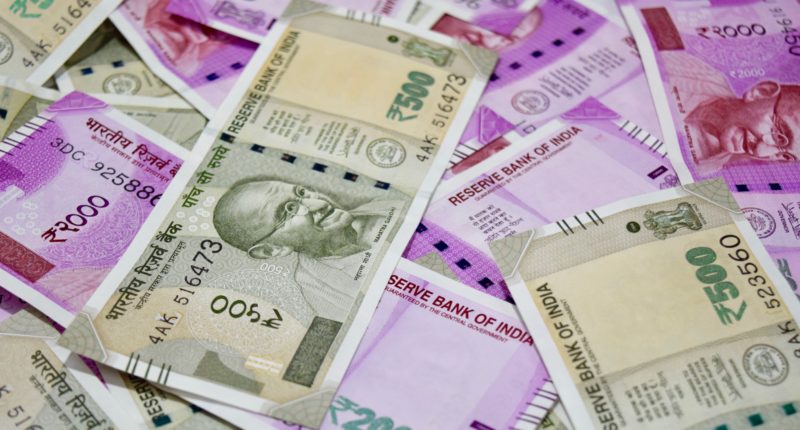The government securities (G-Secs) yields moderated during November 2023, and the 10-year G-Sec yield ended at 7.28%, 8 basis points (bps) lower compared to the end of October 2023.
Multiple factors, including an unchanged policy rate by the US Fed, a fall in US yields on the back of dovish commentary by Fed officials, and a decline in oil prices, among others, drove the movement in yields.
The corporate bond spreads widened compared to October 2023, driven by increased risk weightage by the Reserve Bank of India (RBI) on unsecured loans and Non-Banking Financial Companies (NBFCs) lending.
The average interbank liquidity fell month-on-month, driven by a rise in currency in circulation and forex sales done by the RBI.
The Foreign Portfolio Investors (FPIs) bought (including the voluntary retention route) debt worth US$ 1.9 billion in November 2023 (October 2023: US$ 0.8 billion). Cumulatively, FPIs have bought debt worth US$ 5.5 billion in 8MFY24 (8MFY23: outflow of US$ 0.3 billion).
In its last policy meeting, the RBI announced the possibility of Open Market Operations (OMOs) sales, which led to yields rising in November 2023. However, in the near term, the risk of the central bank intervening through OMOs is receding in view of average interbank liquidity being in deficit.
However, the durable liquidity (mainly consisting of interbank liquidity plus government cash balance with the RBI) remains elevated. Interbank liquidity is likely to improve in the coming months as the government steps up spending in the coming quarter.
The outlook for fixed income remains favourable over the medium term in view of the following key drivers:
- Robust tax collections and growth in small saving collections limit the risk of fiscal slippage and additional market borrowings. Moreover, the net supply of Statutory Liquidity Ratio (SLR) securities in H2FY24 is significantly low.
- The inclusion of India’s sovereign securities in the JP Morgan bond index bodes well for the demand outlook for G-Secs and can effectively cap any significant rise in yields.
- The core Consumer Price Index (CPI) momentum remains subdued because of lower input price pressure and benign global commodity prices. Inflation expectations also remain well anchored and are trending lower.
- The growth is likely to soften, driven by a decline in fiscal impulse, moderation in trade and private consumption.
- The RBI is expected to maintain an extended pause. The bar for restart of rate hikes by the RBI remains high despite sharp rate hikes by the US as adequate foreign exchange reserves should keep pressure on the rupee at bay.
However, there are counter-balancing factors which can put upward pressure on yields.
- The risk of the RBI conducting OMO sales remains, but timing and quantum are uncertain.
- Regular food price shocks can keep headline CPI elevated and can adversely impact inflation expectations.
- The SLR holdings of the banking system are high, and credit growth is robust. Further, the demand from the insurance sector is likely to taper down vis-à-vis last year. Hence, incremental demand for G-Secs is likely to remain muted.
- Continued global monetary tightening and risk of rising commodity prices, especially oil.
- The significant increase in global bond yields can have a rub-off effect on Indian yields as well.
On an overall basis, in our view, yields are likely to trade in a range in the near term, although experts believe that the long end is likely to outperform over the medium term. While experts continue to recommend investments into short to medium-duration debt funds, given the sharp rise in yields in the past couple of months, investors could consider a higher allocation to longer-duration funds, in line with individual risk appetite.

Rajiv is an independent editorial consultant for the last decade. Prior to this, he worked as a full-time journalist associated with various prominent print media houses. In his spare time, he loves to paint on canvas.





